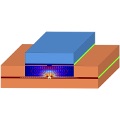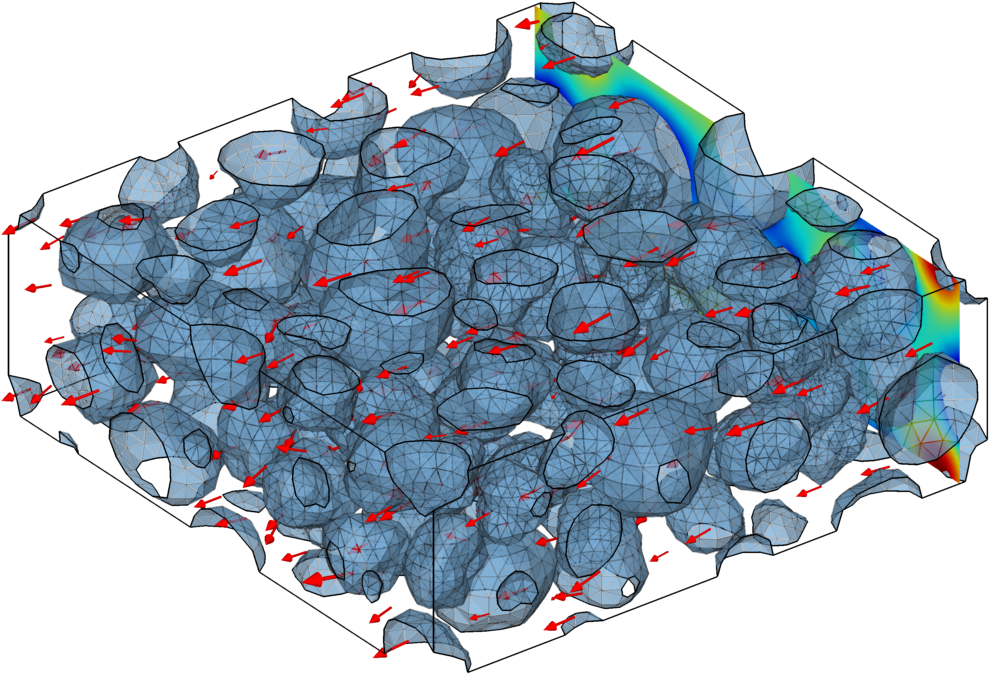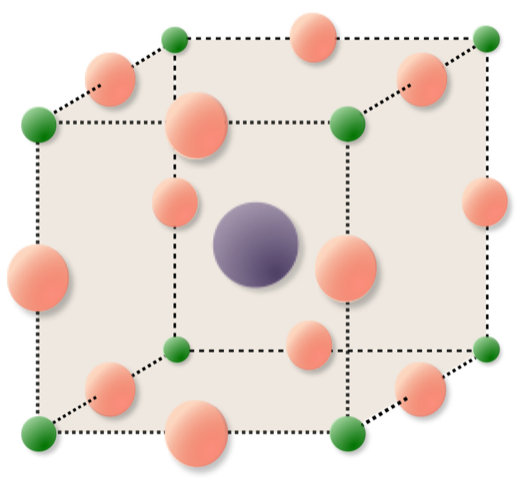Mathematical modeling and optimization contributes essentially to the economic use of energetic resources. In this context, sustainability and aspects of electromobility play an important role. Lithium-ion batteries belong to the key technologies for storing renewable energy. Research at WIAS deals with the modeling of transport processes and their evaluation by simulations. To address the climate change, technological innovations such as perovskite-based solar cells and 2D memristive devices play a crucial role in reducing CO2 emissions by improving solar energy conversion and laying the groundwork for energy-efficient computing hardware . Furthermore, aspects of uncertainty in energy management and transport via stochastic optimization or uncertainty quantification are investigated, respectively. Here, the emphasis is put on gas networks and renewable energies with uncertain parameters given, e.g., by demand, precipitation, or technical coefficients. At the same time, new perspectives in modeling and analyzing equilibria in energy markets with random parameters and when coupling markets with the underlying physical or continuum mechanical properties of the energy carrier in a power grid open up.

Optimization Problems in Energy Management
Optimization problems in energy management are concerned with the planning of production and distribution of different energy sources (power, gas), in order to cover a given customer's demand. In this context, the consideration of uncertainties (e.g., loads, meteorological parmeters, prices) in transportation networks represents a major challenge. The aim is to find cost optimal decisions which are robust at the same time with respect to uncertainties. The additional consideration of markets and the physica of energy transport then lead to risk-averse optimal control problems with equilibrium constraints.

Thermodynamic models for electrochemical systems
The behavior of electrochemical systems is widely investigated with continuum physics models. Applications range from single crystal electrochemistry to lithium batteries and fuel cells, from biological nano-pores to electrolysis and corrosion science, and further.

Modeling and simulation of semiconductor structures
Modern semiconductor and optoelectronic devices such as semiconductor lasers or organic field-effect transistors are based on semiconductor structures, which e.g. can be given by doping profiles, heterostructures or nanostructures. For the qualitative and quantitative understanding of the properties of these devices, mathematical modeling and simulation of the most relevant and, respectively, of the limiting carrier transport processes is necessary. In the context of the Green Photonics Initiative new topics move into the focus of research, e.g. reduced energy consumption of devices, new applications in the field of renewable energies, communication and lighting.

Mathematical Models and Methods for Lithium-ion Batteries
In modern lithium-ion batteries, a variety of physicochemical processes occur simultaneously on various size and time scales. To systematically examine their influence and interactions within a battery, mathematical models are developed that represent the respective processes using partial differential equations. Using numerical methods, specific parameters of a battery can be calculated, such as the cell voltage as a function of state of charge. These models are continuously evolving to, for example, account for aging effects.

Electronic materials
Novel electronic materials require advanced charge transport modeling and simulation techniques in which moving ions on the crystal lattice cannot be neglected. Examples of such materials are perovskites and 2D layered transition metal dichalcogenides (TMDCs) like molybdenum disulfide. They play a fundamental role for applications like solar cells as well as memristive devices.
Main Application Areas
Contact
Contributing groups
- Partial Differential Equations
- Numerical Mathematics and Scientific Computing
- Nonlinear Optimization and Inverse Problems
- Stochastic Algorithms and Nonparametric Statistics
- Thermodynamic Modeling and Analysis of Phase Transitions
- Nonsmooth Variational Problems and Operator Equations
- Numerical Methods for Innovative Semiconductor Devices


